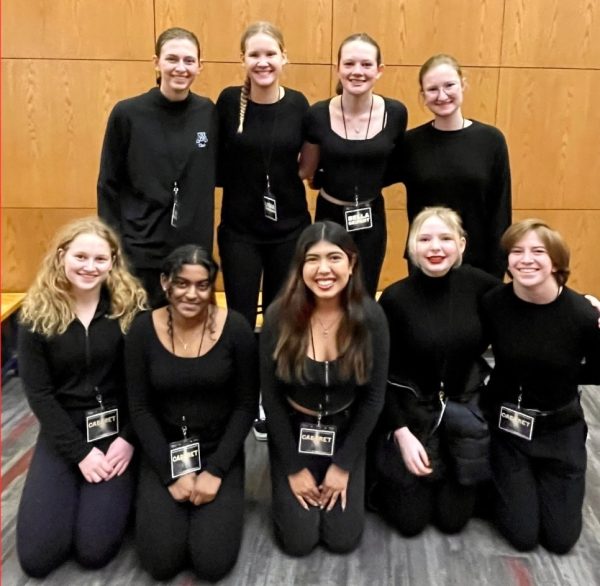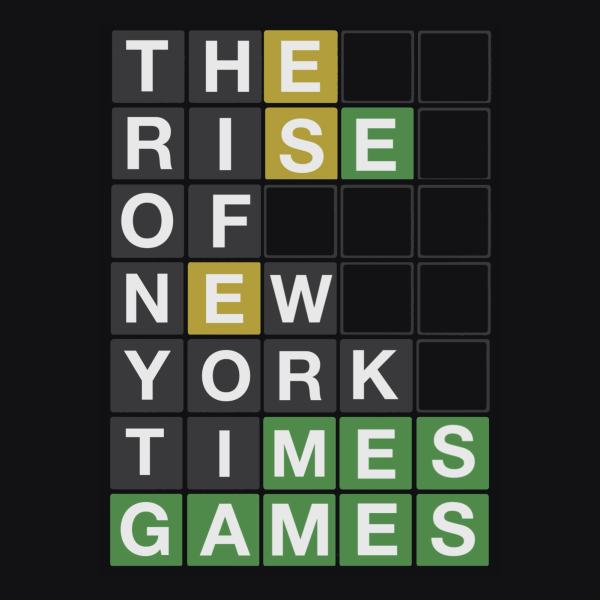Distraction-Free Life Club: A New Addition to Minnetonka Advocating Against Distracted Driving
March 19, 2021
Being distracted while driving is a terrible idea, isn’t it? Most people agree with this statement when asked, and yet thousands die every year in the accidents caused by distracted driving. The growth of smartphones has made distracted driving especially ubiquitous. The pervasiveness of the problem makes education on the issue of distracted driving critical.
Distracted driving is any activity in which a person’s attention is drawn away from driving. This term includes all distractive behaviors, such as eating and drinking, putting on makeup, adjusting the radio or other car systems, speaking to passengers, and using Google Maps. Driving distractions are generally sorted into visual, manual, and cognitive categories, as many students have learned in drivers’ education. Texting while driving falls into all three.
The threat of distracted driving on the road has increased rapidly over the past 10 years. In 2019 alone, 3,142 people in the US were killed due to distracted driving. In 2020, 21% of this type of crash involved teenagers. Teaching new drivers about the risk a simple text may pose to their life is vital in preventing them.
A common scenario taught in drivers’ education is one in which a driver is travelling at 55 miles per hour and decides to send or read a text. In doing so, the driver spends at least five seconds looking away from the road. In this brief time, they’ve covered the distance of the football field, essentially blind.
“It’s really easy to see statistics and specific examples one or more times without absorbing [the risk] completely,” said April Wang, ’23. “We hear so much about distracted driving, but there’s always that mentality of ‘it won’t happen to me.'”
Theoretical situations might be enough to deter some from sending a text, but Wang’s testament shows that many may need a different kind of encouragement than being presented with the facts.
In 2019, Governor Tim Walz enacted the Hands-Free Law in Minnesota. This law made it illegal to “read, send texts and emails, and access the web while the vehicle is in motion or a part of traffic.”
The law still applies at stoplights and stop signs. Violators can face $120 fines their first time getting caught, and the price only increases if the incident reoccurs. This law extends to all drivers, including those on a permit.
And yet, the magnetism of the smartphone is difficult to escape for many students. A casual glance at the screen or a notification barely ever leads to formidable consequences, right? That’s where MHS’s Distraction Free Driving Club comes in.
Founded in the summer of 2020 by Elizabeth Wang, ’22, the club was deeply cognizant from the start about what a horrible impact distracted driving can make. Wang was inspired to create the club after working extensively with the Shreya R. Dixit Memorial Foundation, which was founded after a college student’s life was cut short by a distracted driver.
Now, the club works to spread awareness about distractions on the road and better influence high schoolers early on. Although Wang says many of the Distraction Free Driving Club’s projects are still in the works (due to the newness of her organization), they hope to create videos, deliverables, and even promote Distraction Free Driving Month in April. Finally, they want to work with the Minnetonka High School health curriculum so that MHS can give more comprehensive guidance and information about distracted driving.
“Everyone thinks that an accident caused by distracted driving could never happen to them,” but still, “every day, eleven teenagers die due to a distracted driving accident,” Wang said.
While Elizabeth Wang, April Wang and the rest of the club work hard to expand their club’s outreach, Elizabeth says her club isn’t looking for members as much as they are trying to distribute information. It’s a deadly habit that too many students have fallen into, and Breezes and the Distraction Free Driving Club alike can’t emphasize enough how avoidable it is.
“Next time you are tempted to check your phone while driving,” said Wang, “please, for the sake of your life and the innocent lives of those around you, think of the needless harm you could cause by making one rash action.”
- You can learn more about Distracted Driving Club by contacting Elizabeth Wang at [email protected].


























